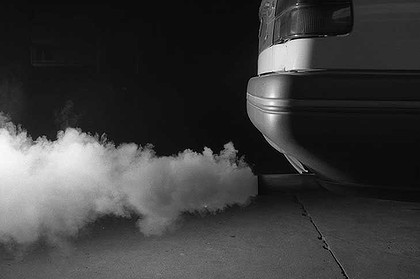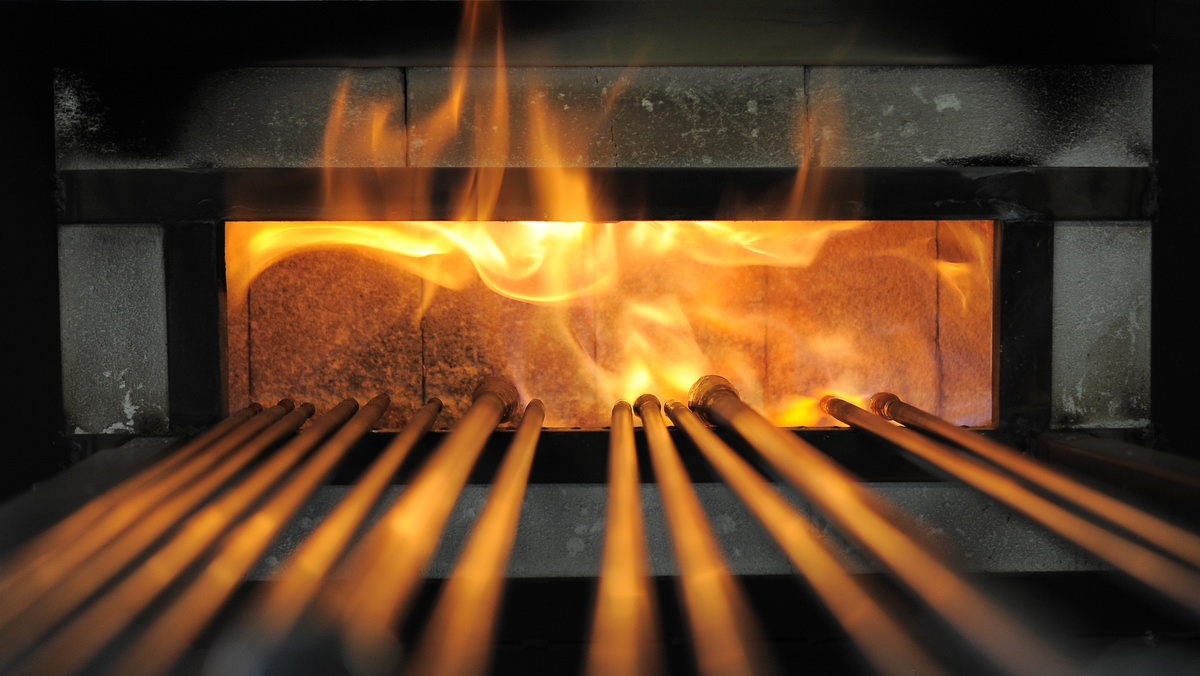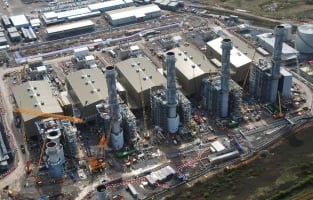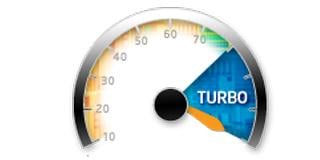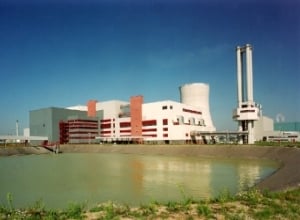Problem
Controlling diesel engine exhaust emissions in enclosed spaces such as maintenance workshops is easily done with local exhaust ventilation (LEV), which can be as simple as fitting pipes to the vehicles’ exhausts while they are being serviced in order to draw the fumes outside. However, there are situations where this is not an option, for example in a warehouse where there is heavy vehicle movement inside the building, as vans and lorries come in and out for loading and unloading.
Read More
Topics:
Smoke Control,
Climate Control,
Industrial ventilation
Steam and humidity are by-products of many industrial production processes. But they can have an extremely negative effect on working conditions.
Read More
Topics:
Productivity,
Climate Control,
Industrial ventilation,
Humidity
The quick answer is: in most cases. Power plants generate large amounts of internal heat and tend to be in tall buildings, which present ideal conditions for natural ventilation to work at its most efficient.
Read More
Topics:
Natural ventilation,
CFD,
Energy saving,
Climate Control,
Industrial ventilation,
Power Plants
Condensation forms when humidity is so high that the air is saturated and can’t take on any more moisture. The solution to the problem is not complicated, but you need to be sure you are measuring the right variables to identify the best method to resolve it.
When does condensation become a problem?
Read More
Topics:
Climate Control,
Overheating,
Industrial ventilation,
Humidity,
condensation
Controlling diesel engine exhaust emissions in enclosed spaces such as maintenance workshops is easily done with local exhaust ventilation (LEV), which can be as simple as fitting pipes to the vehicles’ exhausts while they are being serviced in order to draw the fumes outside. However, there are situations where this is not an option, for example in a warehouse where there is heavy vehicle movement inside the building, as vans and lorries come in and out for loading and unloading.
Read More
Topics:
Smoke ventilation,
Climate Control,
Industrial ventilation
Who doesn’t love the smell of freshly roasted coffee? But there can be too much of a good thing, and coffee roasting facilities have more to worry about than an excess of fragrance: they have to cope with the high levels of heat generated, which becomes even more of an issue during the summer months, as well as the build-up of carbon monoxide concentrations in the 72 hours following the roasting process. Efficient ventilation to extract the excess heat and carbon monoxide is essential.
Read More
Topics:
CFD,
Climate Control,
Overheating,
Evaporative cooling,
Industrial ventilation
Natural gravity ventilation is the best cooling solution
The benefits of natural ventilation in large industrial buildings are clear and well accepted: no electricity is needed to operate the system, as it simply uses the energy present in the warm air – and there is plenty of this in a glass factory – and this buoyancy-driven airflow is virtually maintenance free.
You can read more about the benefits of natural ventilation in our previous blog post: Natural ventilation is the solution for most heat intensive industries.
Read More
Topics:
Productivity,
Natural ventilation,
CFD,
Energy saving,
Industrial ventilation
We regularly work with consultant engineers and architects on the design of natural ventilation systems for power plants – and the number of projects is on the increase.
Natural ventilation has a number of advantages over mechanical ventilation and number one on the list is often to achieve a reduction in the amount of energy required to manage heat levels.
Read More
Topics:
Natural ventilation,
Industrial ventilation,
Power Plants
As a factory manager you may find that in spite of having done everything to keep your mechanical ventilation system in perfect condition, the temperature in your plant or in parts of it is getting higher. Over the years, the use of your factory building may have changed: for example, with the introduction of lean manufacturing practices, there may be a higher density of production machinery with consequent higher heat load in some areas of your facility, so that the system as it was originally designed and installed is not as effective as it used to be.
Read More
Topics:
Energy saving,
sustainability,
Climate Control,
Evaporative cooling,
Industrial ventilation
For power generation plants to work efficiently, temperatures within the building must be maintained below a maximum level above which the operation of the process equipment will be affected.
Read More
Topics:
CFD,
Industrial ventilation,
Power Plants
Controlling the pressure drop (Pd) across the openings when designing a natural or mechanical ventilation system for a power generation plant is central to ensuring it works effectively.
Read More
Topics:
HVAC,
Industrial ventilation,
Power Plants
In most cases, natural ventilation is the right answer for power generation plants. However, there are instances where mechanical ventilation may be the best choice.
Read More
Topics:
Natural ventilation,
HVAC,
Climate Control,
Industrial ventilation,
Power Plants





